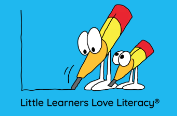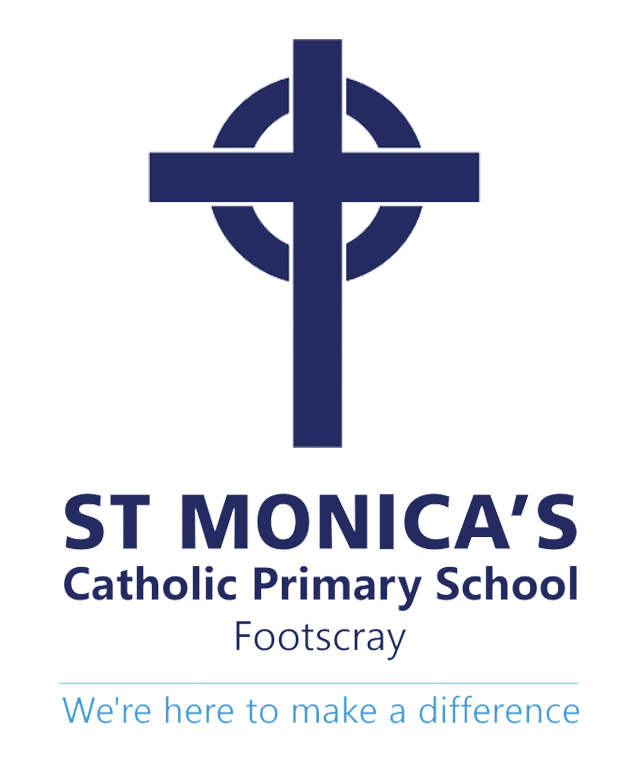At St. Monica’s Primary School we use explicit and systematic instruction to ensure that all students develop the ability to read and write. Explicit instruction involves teaching explicitly skills and knowledge broken down into their component parts and they are taught directly in a systematic, logical sequence – from simple to complex.
Reading is made of 6 key areas:
- Phonological Awareness – Phonemes are the smallest units making up spoken language, combined to form syllables and words. Phonemic awareness is the ability to hear, identify, and manipulate these individual units of sound.
- Phonics – is the relationship between the letters (or letter combinations) in written language and the individual sounds in spoken language.
- Sight/irregular Words – referred to as Heart Words in LLLL, high frequency sight words are commonly used words that young children are encouraged to memorise as a whole by sight, so that they can automatically recognize these words in print without having to use any strategies to decode.
- Fluency – is the ability to read as well as we speak and to make sense of the text without having to stop and decode each word.
- Vocabulary – development is closely connected to comprehension and refers to words we need to know to communicate with others.
- Comprehension – involves constructing meaning that is reasonable and accurate by connecting what has been read to what the reader already knows and thinking about all of this information until it is understood.
From Prep- 2, our structured reading and writing approach includes:
- Explicit teaching of phonological awareness and phonics through Systematic Synthetic Phonics (Little learners Love Literacy)
- Guided practice to improve fluency
- Vocabulary development
- Explicit teaching of comprehension strategies
Systematic Synthetic Phonics
At St. Monica’s, we use Little Learners Love Literacy which is a Systematic Synthetic Phonics program. Systematic Synthetic Phonics is an evidence-based, structured approach to teaching children to read. This method of reading helps children to learn the relationships between the sounds (phonemes) of spoken  language and the letter symbols (graphemes) of the written language. There are 44 speech sounds in the English language that can be combined to form words. With just 26 letters in the English alphabet, some sounds are visually represented by an individual letter while others are represented by a combination of two or more letters. The relationship between these sounds and letters is referred to as sound/letter or phoneme/grapheme correspondence. Being able to match the speech sounds with their corresponding letter symbol or symbols helps children to simultaneously learn to read and spell words.
language and the letter symbols (graphemes) of the written language. There are 44 speech sounds in the English language that can be combined to form words. With just 26 letters in the English alphabet, some sounds are visually represented by an individual letter while others are represented by a combination of two or more letters. The relationship between these sounds and letters is referred to as sound/letter or phoneme/grapheme correspondence. Being able to match the speech sounds with their corresponding letter symbol or symbols helps children to simultaneously learn to read and spell words.
From 3 -6
- Explicit and systematic teaching of spelling skills and rules using MSL (Multi-Sensory Literacy) strategies through daily review
- Guided practice to improve fluency
- Vocabulary development
- Explicit teaching of comprehension strategies
Multisensory Structured Literacy
MSL is a scientific based approach that uses explicit teaching to inform students of common spelling rules and patterns and build on what they have learned through Little Learners Love Literacy. Multisensory teaching is an important aspect of instruction for dyslexic students. Effective instruction for students with dyslexia is what all students require, that is instruction that is direct & explicit, structured & systematic, cumulative, cognitive, intensive, emotionally sound and focused on meaningfully taking speech to print.
Writing
We believe our students need to acquire a wide range of skills in writing for varying purposes and audiences.
St. Monica’s is currently exploring an innovative writing approach to be utilised across the school, which gives every teacher a clear framework to engage students and improve their writing skills.
100 Story Building
At St. Monica’s, we work in partnership with 100 Story Building, a unique organisation for young writers based here in Footscray, who use storytelling as a tool to foster imagination, creativity and confidence in children and young people. As well as inspiring our students, 100 Story Building upskill our teachers and give students the opportunities to experience the publishing process. One of our students’ writing features in 100 Story Building’s current publication, “Tales from the Deep Below” which is available for purchase on the 100 Story Building website.
